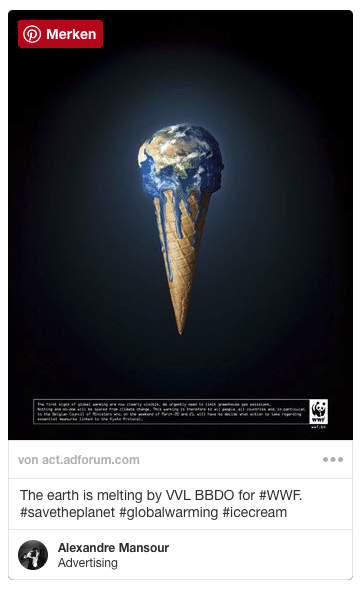Of raining cats and dogs and a heart of gold: The power of metaphors
„Words can do that,” said Günther Grass – “so can pictures,” we say. Together, their full effect unfolds.
The power of words lies in the associations they evoke – especially metaphors. Metaphor is a stylistic device – probably even the most commonly used one – and means “transfer”. It is the transfer of characteristics and features of a word to another context. Linguists such as George Lankoff and Mark Johnson see metaphors not only as a linguistic but also as a cognitive phenomenon that influences our thoughts and actions. Within a language community, these structures are passed on and thus also clarify values and norms of a society.
Redbull gives wings: metaphors as a selling point
Whether metaphorical product names or figurative advertising messages – words move us, have an effect – sometimes for days or years – and yet we often don’t even notice their influence. Keyword marketing. Studies show that intelligently used wording influences sensory perception. Hartz University, for example, gave test subjects two identical teas, one named “Tropical Feeling,” the other “In front of the fireplace.” The result: “Tropical Feeling” reportedly tasted fruitier and fresher than the second tea. Metaphors help us to understand and connect words with emotions and are thus a decisive factor for the success of a product.
The advertising slogan “Redbull gives wings” also creates a linguistic image. Without any direct comparison, associations are evoked in the audience: wings take a bird higher and further – so the drink also gives wings and new energy. With the original linguistic images, the recognition value is of course also included. Metaphors arouse curiosity, awaken associations, remain in the memory and are thus among the most important tools in marketing, communication, PR and, of course, politics.
Bailouts and waves of refugees: Metaphors in Politics
Even if numbers and statistics can be convincing, they do not captivate the audience like stories, pictures and emotions. Successful example: Trump. Instead of using numbers and (alternative) facts, Republicans got America on board with metaphors like “death commissions” for healthcare reform. Metaphor stands at the transition between thought and perception or action, because it conveys conclusions and can thus influence public opinion. “Wave of refugees” or “euro bailout” give a negative or even positive meaning to something. The latter gives the impression that the state has innocently got into a predicament – in English, on the other hand, the term “bail out” is used and thus conveys a completely different message.
The WWF takes advantage of this. Complex issues, such as climate change, demand an emotionality that can only be evoked through (linguistic) images and stories. The Earth Melting shows the earth as a slowly melting waffle ice cream – with a simple metaphor, the viewer becomes aware of the urgency to do something about climate change.
Like a key in a lock: metaphorical learning

Metaphors stay in the memory. Studies in learning research show that people find it easier to learn things and acquire new knowledge with the help of metaphors and analogies – anyone can get an idea of the function of an antibody if it is described as “like a key in a lock”. Of course, this can be used not only for children, but also in adult education. Instead of throwing around technical terms, the focus is on the core of an idea. Chip and Dan Heath developed the SUCCESs formula for this: If content is simple, surprising, concrete, believable, full of emotion, and tells stories, it becomes understandable and is better remembered.
Share this article
Related articles

8 April 2025









